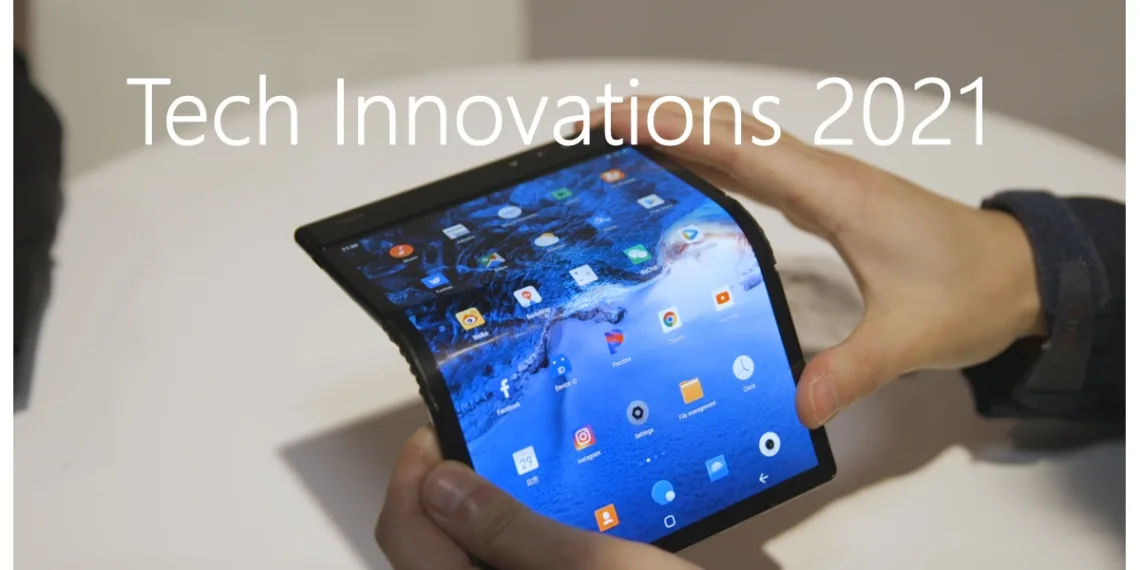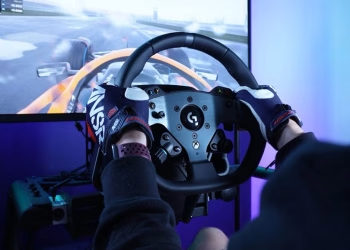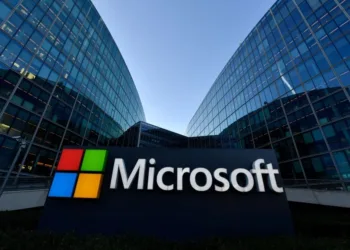AI’s strength and influence have already been demonstrated. With each passing day, the field of artificial intelligence continues to evolve and improve.
Because of the huge potential that it has on the world’s most pressing issues, tech corporations and researchers are pouring money into developing new technologies and along with the COVID-19 epidemic approaching its third year, it’s no surprise that the biomedical community has remained focused on diagnosing and treating the disease.
Let’s take a look back at some of the major AI breakthroughs and innovations in medical sciences that made headlines this year as we approach the conclusion of 2021.

OpenAI’s DALL·E:
Using a dataset of text-image pairs, OpenAI developed DALL.E, a 12-billion parameter version of GPT-3 trained to produce images from text descriptions. DALLE is a transformer language model, according to OpenAI, that receives both the text and the picture as a single stream of data with up to 1280 tokens. DALL.E can also produce an image from scratch and change features of an image using text prompts, according to the company.
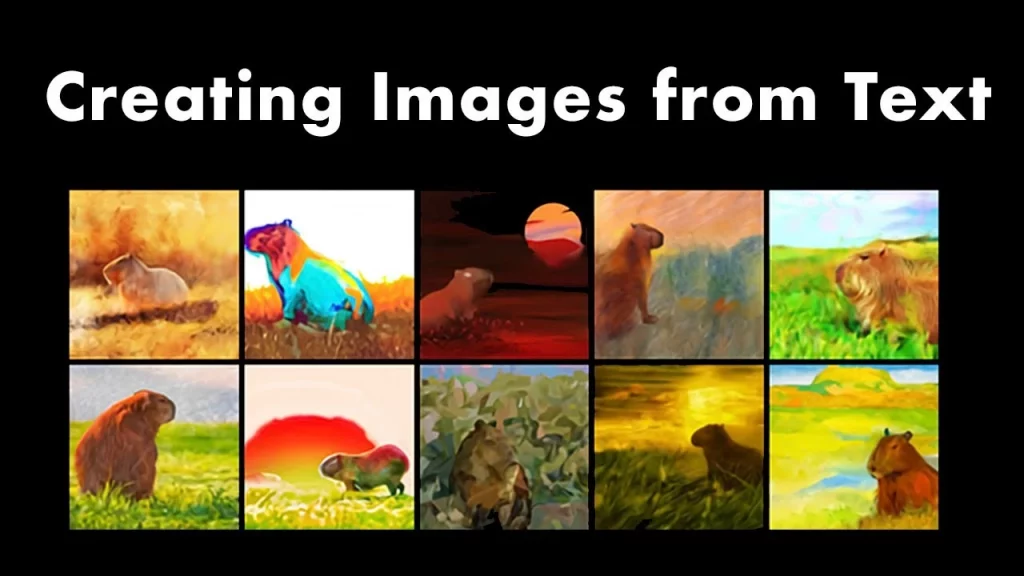
TensorFlow 3D:
TensorFlow 3D (TF 3D) is a Google project that aims to integrate 3D deep learning capabilities to TensorFlow. TF 3D, according to the tech giant, includes common operations, loss functions, and data processing features that will aid in the development, training, and deployment of 3D scene understanding models.

Meta’s SEER:
SEER (SElf-supERvised) is a self-supervised computer vision model with a billion parameters that can learn from any random set of photos on the internet, according to Meta. It doesn’t necessitate the same level of curation and labelling as conventional computer vision training models.
SEER also beat state-of-the-art supervised models in downstream tasks like low-shot detection, object detection, segmentation, and picture classification, according to the company.
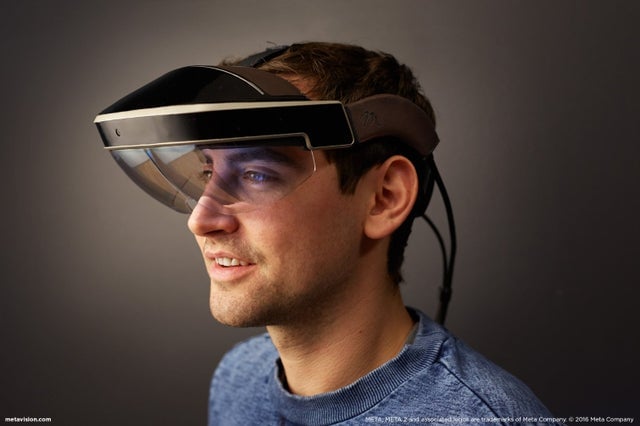
GitHub Copilot:
An Artificial Intelligence pair programmer created by OpenAI and Microsoft’s GitHub Copilot helps programmers write better code. Python, JavaScript, TypeScript, Ruby, Java, and Go are among the languages supported by GitHub Copilot.
GitHub Copilot is available as a desktop addon and as a cloud service on GitHub Codespaces. According to the business, the programmer can use the Copilot to look at alternative options, determine what to accept and reject, and manually amend suggested code.
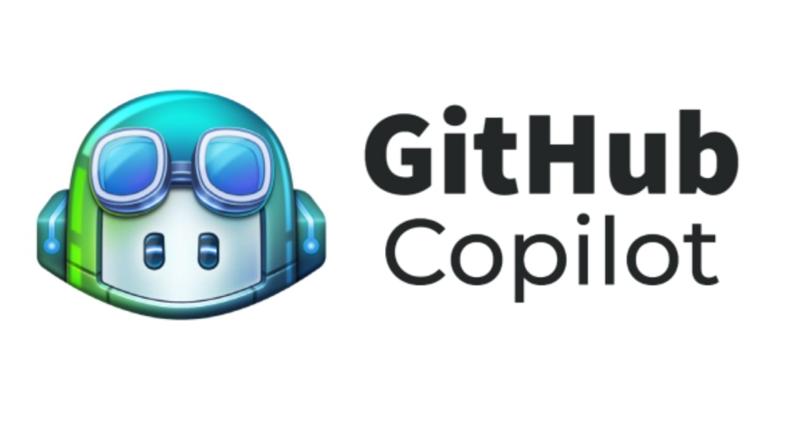
Tesla AI Day:
Elon Musk said during the Tesla Artificial Intelligence Day that the company is working on a humanoid robot. He went on to say that Tesla is working on a human-like robot that can perform repetitive chores, and that a prototype should be ready by next year.
‘Optimus’ is the code name for the bot. Ganesh Venkataramanan, Tesla’s director, demonstrated the computer chip that powers the company’s supercomputer, Dojo. It is made with 7nm technology and has a processing power of 362 teraflops.
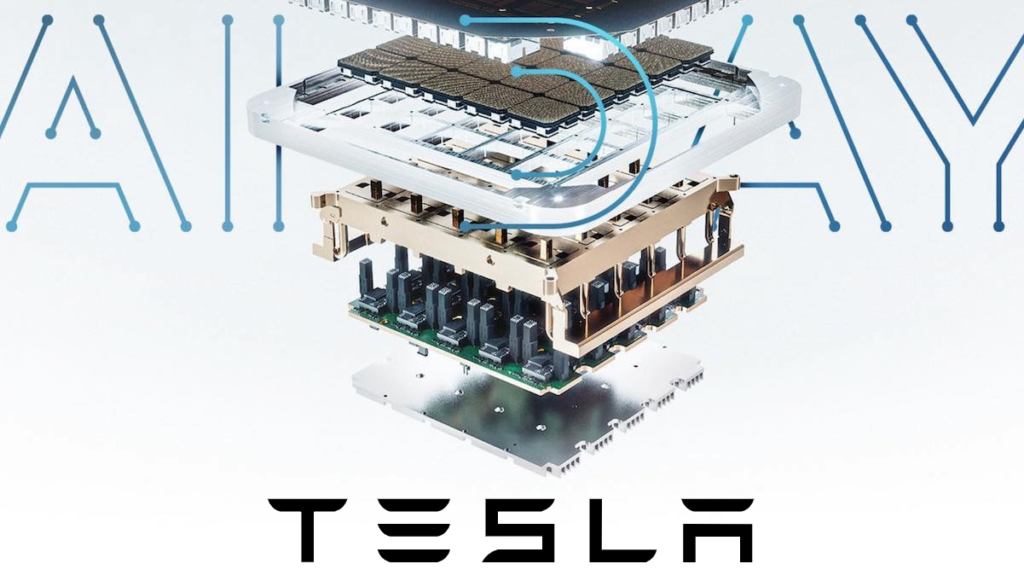
Isomorphic Labs launched:
Isomorphic Labs, a new division of Alphabet, promises to speed up drug development. Isomorphic Labs’ founder and CEO, Demis Hassabis, has taken over the reins. On Twitter, he stated that the goal is to use AI to reinvent the drug discovery process from the ground up.
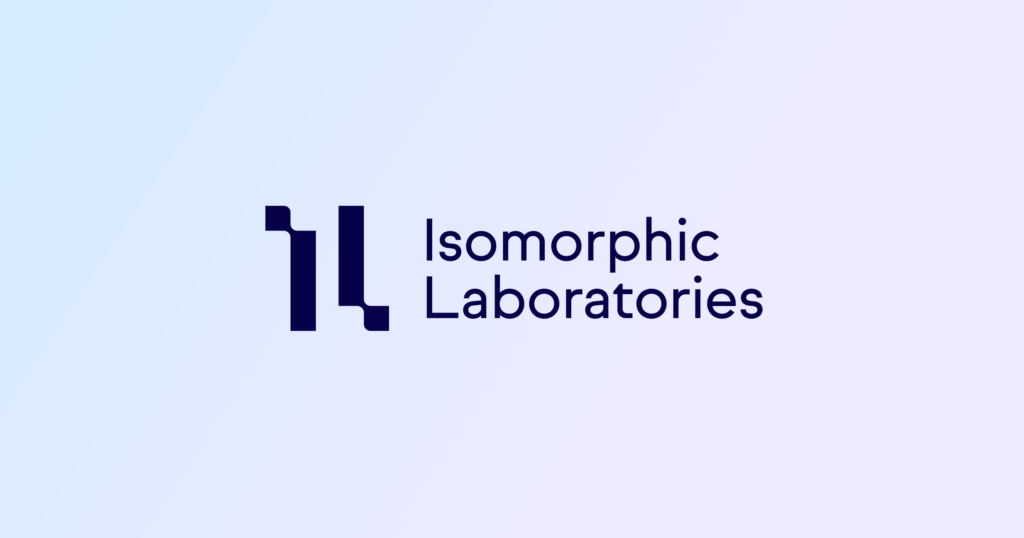
Inscopix nVue™ System:
The nVue System is the size of a Lego brick, weighing just at two grammes. According to Alice Stamatakis, director of applications at Inscopix, the company that makes the nVue, this “miniaturised microscope” uses red and green fluorescent indicators targeted to neurons to track calcium ion influx and, as a result, the activity of two different neuronal populations in freely moving animals.
Stamatakis adds that the miniscope has another benefit: longitudinal deep-brain imaging, which allows the same cells to be studied over numerous imaging sessions. Two-photon microscopy allows for simultaneous imaging of two neuronal populations, but it is largely limited to the cerebral cortex and needs animals to be restrained by the head, which complicates behaviour research, according to her.
nVue will provide neuroscientists with a unique perspective on how these many brain signals communicate and interact during naturalistic actions.” The data collecting and processing software included into the device helps round out the image.
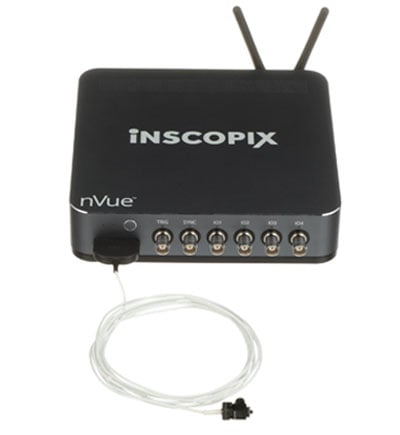
10x Genomics Chromium X:
The Chromium X is 10x Genomics’ newest single-cell analysis tool. Users suspend cells and add chemicals and a partitioning oil to the microfluidic chip, which is then inserted into the benchtop equipment.
The Chromium X is the latest in a long series of 10x Genomics products to be named to the Top 10 Innovations list. The company’s single-cell, droplet-based sequencing technology placed in the Top 10 in 2019, and the Chromium Single Cell Multiome ATAC + Gene Expression assay placed in the Top 10 in 2020.
Because of its versatility, Chromium X outperforms earlier solutions, according to Jens Durruthy Durruthy, associate director of product management–single cell at the company. “Chromium X is scalable, and it can be used for both low-throughput tests with hundreds of cells and high-throughput assays with up to one million cells,” claims the company.
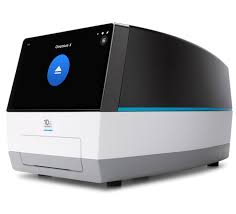
Cardea Bio’s CRISPR-SNP-Chip:
The CRISPR-SNP-Chip from Cardea Bio is the first device capable of identifying single base changes in DNA without first creating millions of duplicates.
According to Keck Graduate Institute biomedical engineer and Cardea Chief Scientific Officer Kiana Aran, the chip is an updated version of Cardea’s CRISPR-ChipTM, which already allowed for rapid, amplification-free detection of large, disease-associated sequence variants and transgene insertion success, among other applications. Both variants are made up of a CRISPR-Cas system connected to a graphene transistor, according to her.
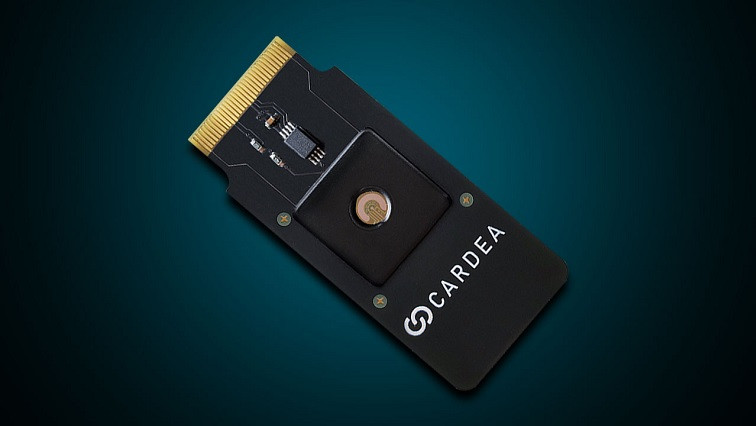
Final Words:
Apparently, this year has been a complete package with great innovative launches and incidents in every field and we can’t wait to see what 2022 brings along with it.
Also Read:
- Apple supplier Foxconn’s India plant shut this week after protests, as per sources, Is Apple going to face huge trouble in 2022?
- Detailed study of the PLI scheme 2021 for the semiconductor industry & How it could help India?
- Why do Apple and Google always avoid using 2 physical SIMs on their smartphones?

